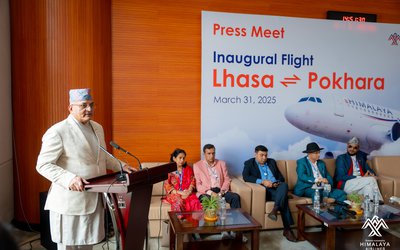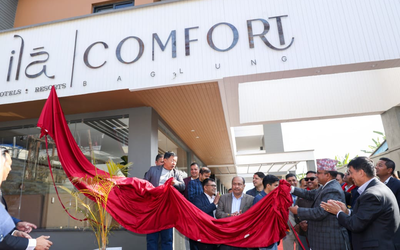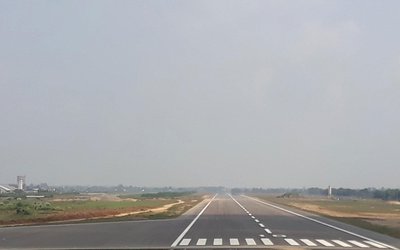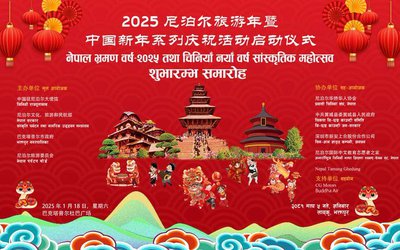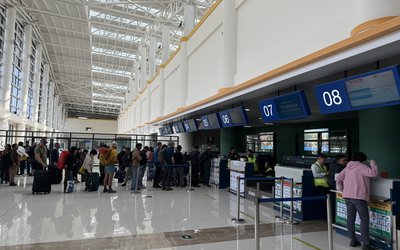
Do you really know what the term 'Sustainable Tourism' stands for? What does it mean to travel sustainably and discover a country with awareness?
'Sustainable Tourism' is frequently used as a buzz phrase, simply because these two words are very effective in marketing. Nowadays you can hear it everywhere.
Running a tourism business in a sustainable way is mostly targeting another type of customers than the usual mainstream trek-traveller. Sustainable tourism is described as a concept with social, economic, and environmental aspects. A tourist´s visit in combination with the entrepreneur’s business policy should make only a positive impact on environment, society, and economy. Therefore, tour operators, travel agents and hotels must stipulate various sustainability standards and policies. In this context sustainable and internal management, supply chain management, destinations and customer relations are important issues. Raising awareness of sustainability inside and outside the company should become a core objective.
However, not only the commitment to sustainability does turn a business into a sustainable one. Most important is the transformation of written regulations and requirements into action. This series of articles will provide practical examples of sustainable tourism and active responsibility towards employees, business partners, suppliers, and customers.
Today´s topic “Trekking with Guide and Porter” is designed to give an idea about the sustainable obligation on creating a fair income for local people.
Treks in famous areas like Annapurna, Everest or Langtang can be organized and done by individual travellers. It is not compulsory to take a guide and a porter or book the trip through an authorized agency. Even TIMS (Trekkers Information Management System) cards and Conservation Area Permits can be obtained by tourists themselves.
Discussions about prohibition of solo trekkers and individual travellers are heard frequently in Nepal´s tourism industries. The debates are mostly triggered by people who have gone missing or found dead in trekking areas. TAAN (Trekking Agencies Association of Nepal), the umbrella organization of trekking agencies, Nepal Tourism Board and the Government of Nepal have often been asked to permit treks only if accompanied by a guide and/or porter.
For certain areas, the so-called restricted areas like Manaslu, Tsum Valley, Upper Mustang, Dolpo, Kanchenjunga, Limi Valley, it is mandatory to book through a licensed trekking company and to take a trekking guide and/or porter. This could be the model for all treks. Simply because it is better. Better for the travellers as well as for the people who are living and working in the mountain areas.
Companies following the sustainable way should consider the social aspects in creating a fair income for local people. These companies must adapt a strict regulation to all trekking areas and all inquiries. They need to offer solely treks with guide and porter. In the prebooking-phase it is easy to explain the reason to their potential customers.
From my experience, travellers are willing to understand if they get the reason why. Thus, a final booking follows a good explanation about travelling with consciousness.
Everyone who is travelling to Nepal should keep the following benefits of trekking together with guide and porter in mind:
• Booking a trek, which is accompanied by guide and porter will create income for two people.
> The journey turns into social responsibility as two people can earn money and feed their families.
• Local staff, e.g. licensed trekking guide and porter have a huge knowledge on traditions, environment, and the Himalayas. They will explain a lot of details to their guests.
<The journey becomes a special experience with deep insight into Nepali culture and lifestyle.
• Self-carrying only a day pack makes it easier to walk in high altitude. The main luggage, which should not weight more than 13 kg per person, is carried by a porter. The journey gets fun and enjoyable.
• Under safety aspects it is very necessary to take a guide and a porter. If one of them gets sick or injured, the other can help out and continue the trek with the tourists.
<The journey proceeds even in the event of unforeseen circumstances.
• Knowing the trail and environment, the guide leads even through difficult and dangerous terrains. Tourists cannot get lost. The journey is safe, secure, and steady.
(Sabine Pretsch is a freelance journalist and writer. She can be reached at redaktion@nepal-spirit.de, www.nepal-spirit.de Nepal. Mobil: + 977 98 41 89 33 18)
- Langtang Region Revives From Earthquake Destruction
- Jun 29, 2019
- Nepal Research Bhavan Opens In Patan
- Mar 24, 2019
- URMILA CHAUDHARY Award For Cause
- Jul 12, 2017
- SUSTAINABLE TOURISM DISCOURSE SERIES Transportation
- May 21, 2017
- BIGU GUMBA NUNNERY An impressive example of reconstruction in Nepal
- Mar 10, 2017

